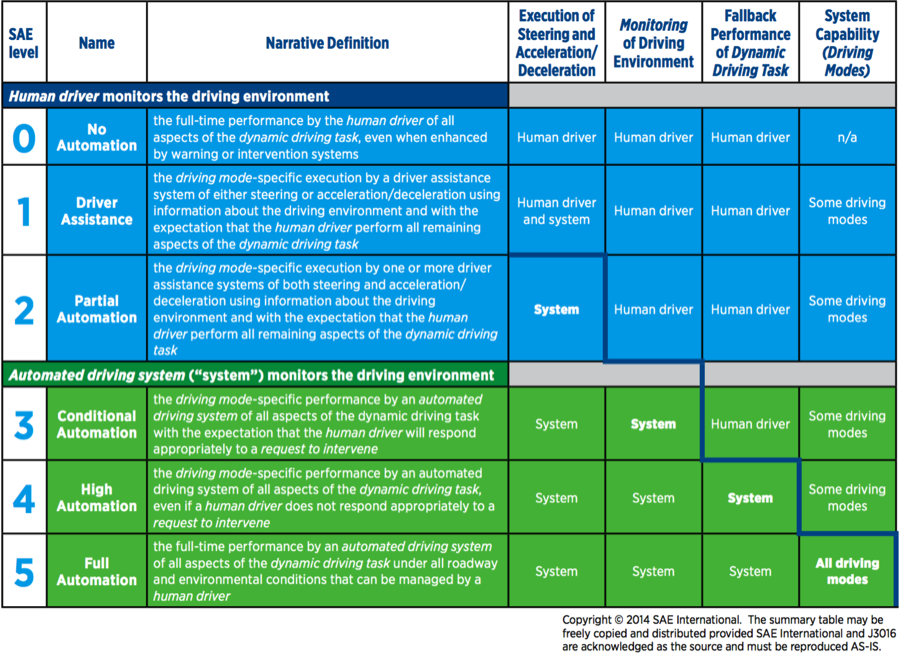September 22, 2016
USDOT has released the Federal Automated Vehicles Policy, its long-awaited policy overview on the development and deployment of autonomous vehicles (AVs).
As we discussed last month, AV manufacturers and tech firms have faced constant regulatory uncertainty at the federal level – due to NHTSA’s inaction – and the state level, thanks to a patchwork of inconsistent (or nonexistent) regulations. Yet this did not stop tech giants like Google, Uber, or Tesla from testing or deploying their self-driving (and semi self-driving) prototypes – which experienced the most recent setback this May with the tragic death of a Tesla driver who had Autopilot engaged.
The four-part policy guidance provides some degree of regulatory certainty to AV manufacturers, advises states on best practices for regulating the new technology, and protects consumers by outlining safeguards and standards. Over the next couple of weeks, ETW will break down each of these sections one-by-one (they will be hyperlinked as they become available):
- Vehicle Performance Guidance for Automated Vehicles (Part 1 – Manufacturers and Part 2 – Safety)
- Model State Policy
- Current Regulatory Tools
- Modern Regulatory Tools (Workforce)
The release of this policy is meant to be the beginning of the agency’s dialogue with industry stakeholders and the public: the guidance will be updated annually and regularly shaped by public comments, feedback from industry leaders, and observations of the technology in action.
Additional input will be gathered through “public workshops, stakeholder engagement, expert review, work plans to implement Policy components, possible rulemakings, and education efforts.”
USDOT also appears to be rebranding autonomous vehicles in order to reset the conversation about the technology that it has avoided for so long. The fact sheet almost strictly uses the term “highly automated vehicles” (HAVs) – which diverges from the usual designation of AVs.
This may be an attempt to rebrand the technology, since autonomous vehicle or self-driving car is a misnomer for a car that actually requires a human driver to intervene (e.g. Tesla’s Autopilot mode, which is partially automated at the AV2 level).
The objective, of course, is to prevent consumers from being lured into a false sense of security in believing that their car can fully drive itself.
To this end, USDOT has also discarded its previous 5-level autonomous vehicle gradient in favor of a 6-level gradient proposed by the Society of American Engineers (SAE). This gradient simply adds an additional level of autonomy, AV5, in which the vehicle performs absolutely every task that can be managed by a human driver and does not have human-facing controls (e.g. steering wheel, pedals, brakes).

The goal is to ensure that automakers and consumers are crystal clear on what constitutes each level of autonomy. In conjunction with the manufacturer guidance that will be discussed below, this should help to avoid future confusion on issues like whether Tesla’s Model S is an AV2 or AV3.
Across the coming weeks we will cover each section of the policy statement in depth, providing you with detailed analyses of how each section may affect your work.
Beginning next week, we will also catalog the responses of industry leaders, academics, and federal authorities to the ruling. If you would like to contribute your insights, comment, or simply ask a question, email Alexander Laska at publicaffairs@enotrans.org.
(Image: AP Photo/Jared Wickerhamr)




